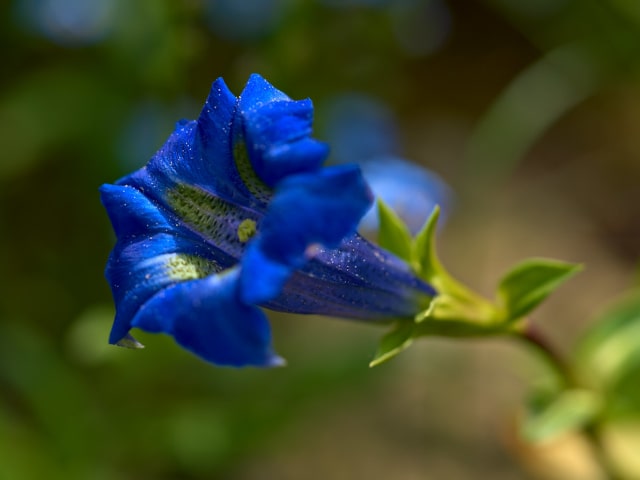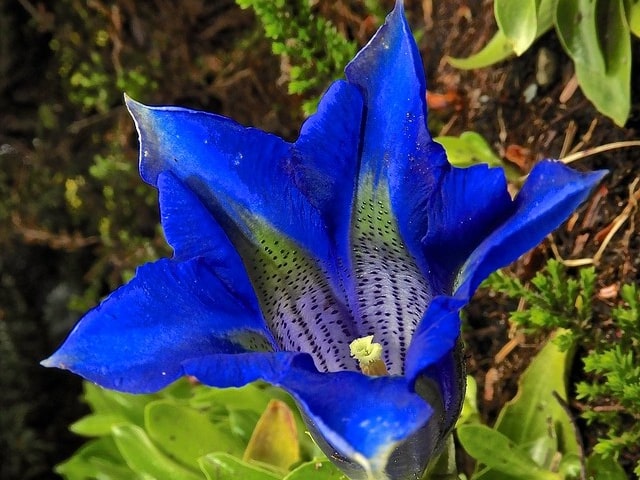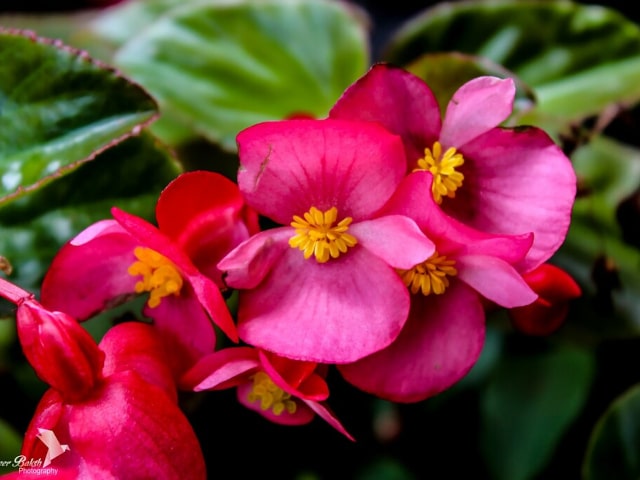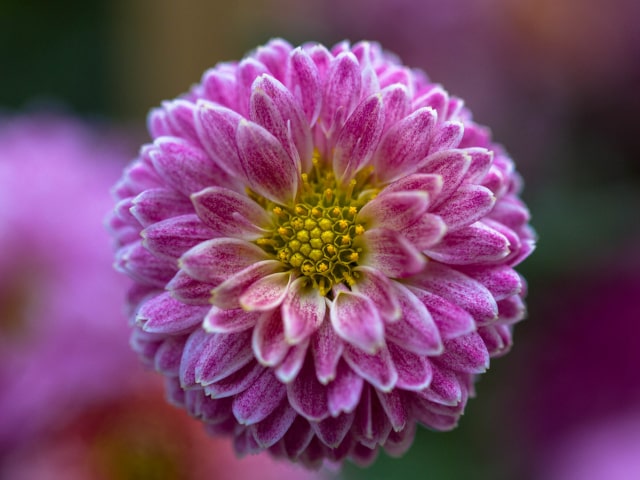
Gentian flowers are famous for their blue color. In fact, this plant displays such a wide range of true blue colors that it makes Gentian a very attractive choice for a garden. Another great advantage to Gentian is that it flowers from early March all the way to the winter. There are many different varieties to choose from so this is an excellent way to brighten up your garden.
Basic Plant Information
Gentians are known as rock and mountain plant, but it doesn't mean that you can grow these plants only in rock gardens. In fact, it is possible to grow these plants in other types of gardens as well.
Most Gentians have blue flowers. They are famous for these bright blue colors. However, keep in mind that some varieties have flowers of a bit different shade. Some even have flowers in purple tones. There are also varieties that produce white flowers and a few of the varieties with yellow and brownish red flowers.
Flowers also come in various sizes and forms. Many varieties have big flowers with fat, upturned trumpets. Other varieties have slender tubes and some have short and deeply reflexed flowers that resemble stars.
Most of the Gentians are short plants that reach the height of about 4 to 12 inches. There are also miniature varieties of about 3 inches in height. These are scree clinging plants. However, a few varieties can reach the height of 2 to 3 feet. Shorter forms tend to spread more than the taller ones.
Growing Conditions
One good thing about Gentians, regardless of the variety, is that they are not bothered by colds. On the other hand, many varieties cannot withstand too hot summers. It is still possible to grow them in hot climates but you need to provide them with access to moisture. Keep in mind that this moisture has to come both from the air and the soil. For this reason, it might be a good idea to place your Gentians near a pool if you live in a hot climate.
At the same time, keep in mind that Gentians need sun, but not much heat. This is why it's best to plant them somewhere where they will have enough moisture. Also, it is important to plant them somewhere where they can't be disturbed.
Another thing to keep in mind is that Gentians like company. Their roots get tangles with roots of alpine grasses and other plants of such size and sturdiness. This is why you should provide your Gentians with some companion plants in the garden.
Photo credit: Marilylle Soveran




1 Comments
Hi, my Gentians leaves have turned brown will they recover?
Thanks